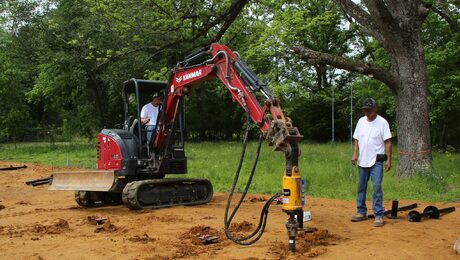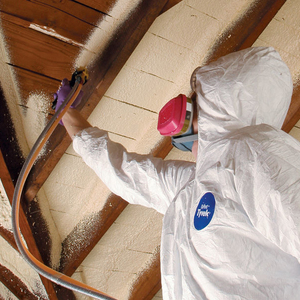Accommodating Thick Underlayment under Tile Floors
Hi,
We building our own house and have open web trusses 24 oc and a relatively open floor plan. Our subfloor is 3/4” Advantec. Per suggestions from folks who write for various building publications and manufacturer’s recommendations, I would like to use at least 1/2” plywood as underlayment for floor tile. I am not finding as much information about how you deal with the added height in relation to adjoining hardwood floors. I’m interested in suggestions from both an aesthetic and safety perspectives. Thank you!



















Replies
why are you using 1/2 inch plywood as an underlayment for tile? typical tile underlayment is either durarock or hardibacker, both a cement board product and then a membrane to act as a separation to prevent cracking
if you do use the 1/2 inch, 1/2 inch with 1/4 inch tile with maybe an 1/8 of thinset should be an 1/8 over 3/4 so you use a transition strip/molding/threshold between the tile and hard wood - question is how thick is your tile?
I'm not really a tile guy but I'm sure somebody experienced will comment
you may have some bounce with your framing 24oc even with the added material
good luck
For new construction, all the finish floor heights should be the same. It looks better, feels much better under foot, and there is minimized tripping hazard at the transition.
The required underlayment for the tiles will depend on tile size and type, the span and stiffness of the floor joists, and if an isolation membrane is required. FIgure that out, and add in the tile and mortar thickness to get the total floor height.
Pad up the rest of the hardwood flooring with plywood or OSB so that the all the floor heights are even.
much better said by catmandeux as what to do with the flooring and "leveling"
Consider beefing up the subfloor under the advantech. A combination of blocking per the joist manufacturer, and a layer of 3/4 plywood or the advantech below the top of the joists, glued and screwed together, might make a huge difference. Lot of detail work, but might be worth it for your own house.
The goal is stiffness.
Depending on the geometry, a few more of those joists (reduce the spacing for this area, if not too large) might be worth considering.
Another option to consider: It might make sense to use different height trusses for the tile and hardwood floor areas.
For a truss that supports both, custom made trusses can be built with a doubled or stepped top chord For stock trusses, padding up the top chord to match the taller trusses may be better than padding up the sub floor.
The starting point is always: What tile do you want to use, and where?
Do you have a floor plan with finish floor details?
Buy a copy of the TCNA's handbook and you'll get the information straight from the horse's mouth. https://www.tcnatile.com/products-and-services/publications/218-english-publications/188-handbook.html
I might consider the options for 1/4” underlayment for your hardwood areas. I haven’t been in a situation where I needed 1/4” underlayment for hardwood. So I can’t recommend any tricks. But I am not sure why 1/4’ plywood wouldn’t work? I think that’s the route I would go.
You will have 1/2’’ underlayment, 3/8” tile + an 1/8” or so for mortar-leveling system.
Hardwood flooring is 3/4”
This leaves roughly 1/4” difference.
I would install 1/4” plywood for your hardwood underlayment. This will give you the added height you need.